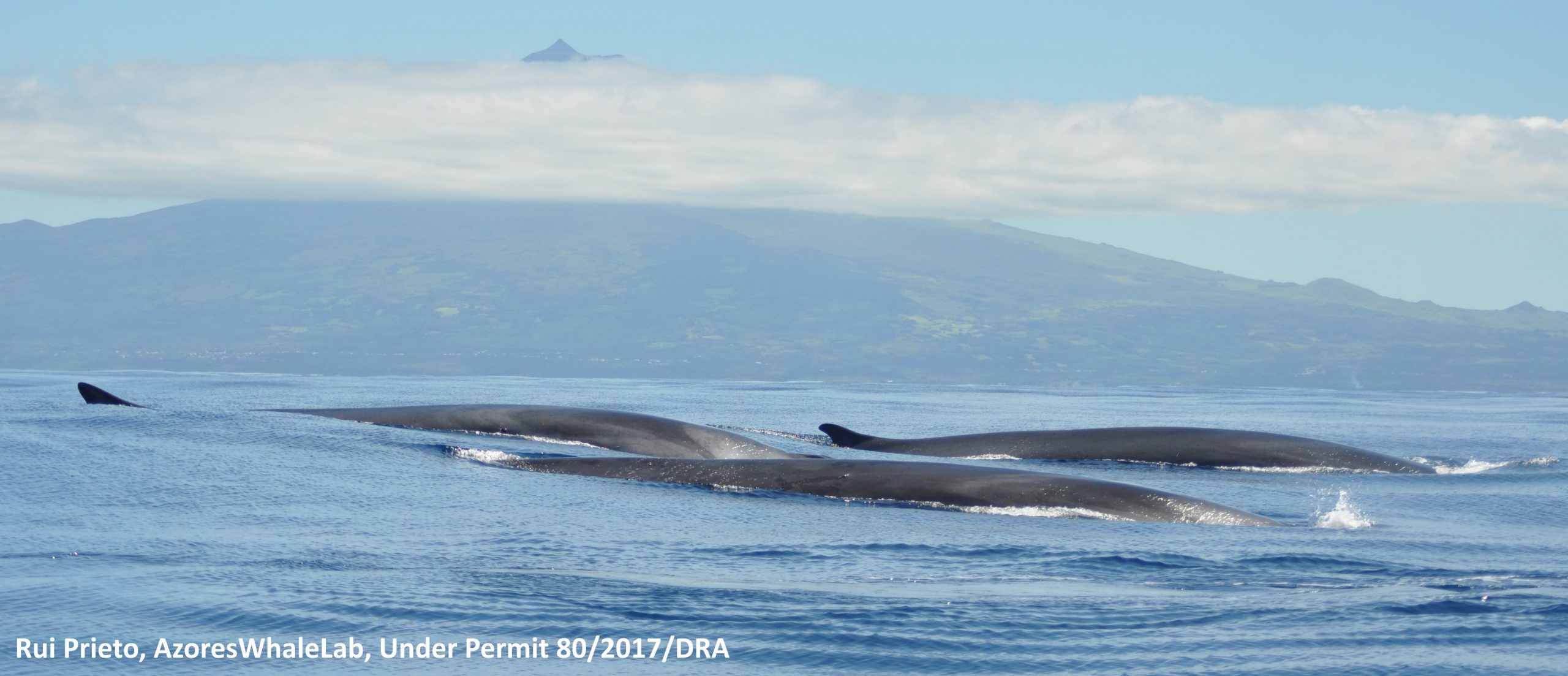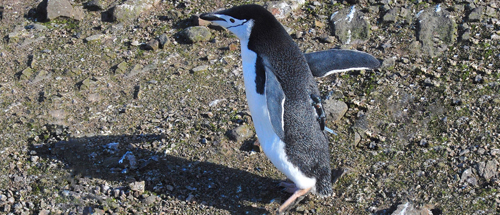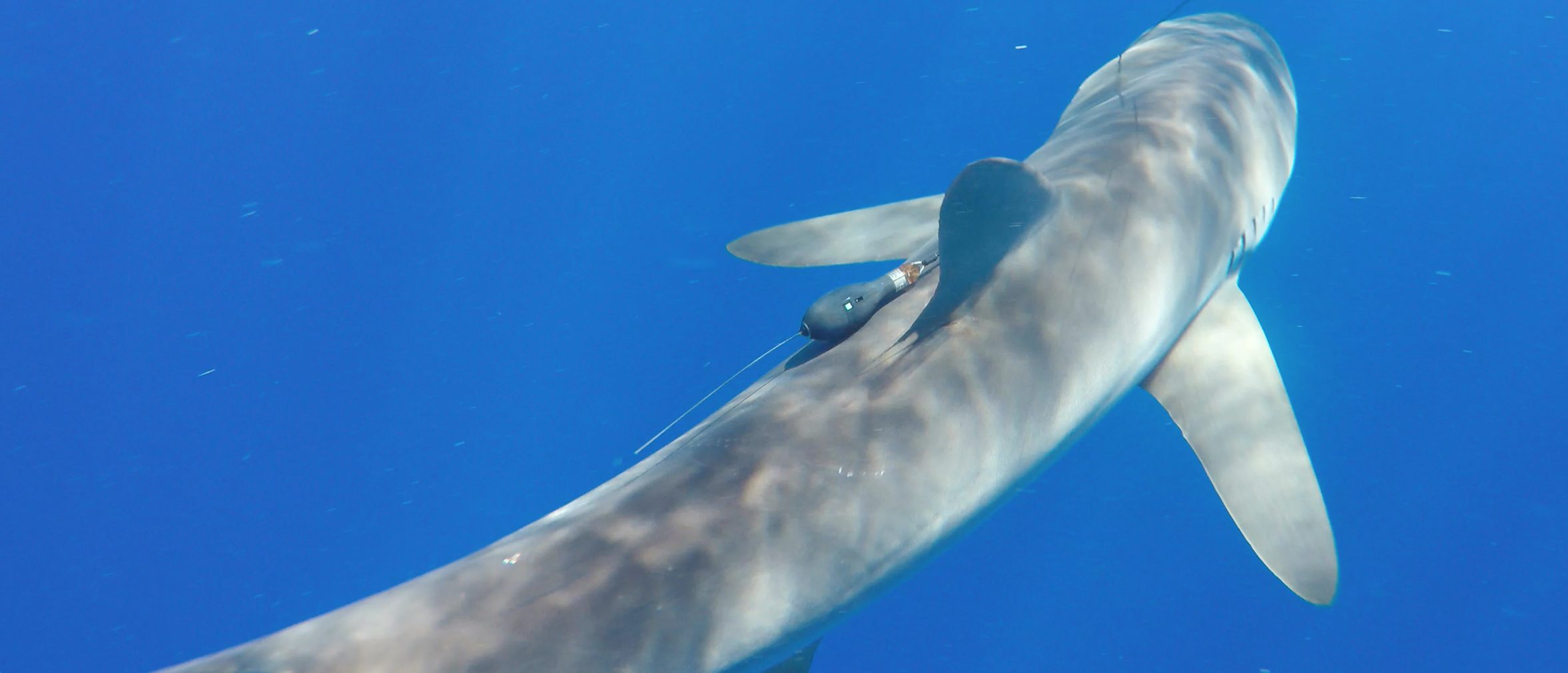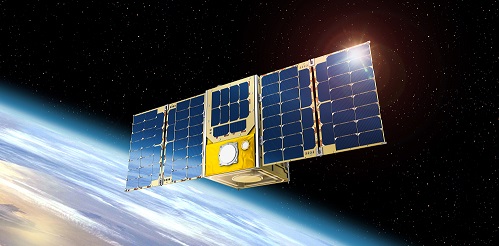Argos News
Search filters
Distribution of baleen whales in the mid-North Atlantic Ocean
Baleen whales are highly migratory, going from low latitude in Winter to high-latitude waters in Summer. Satellite telemetry such as Argos has improved the knowledge of their distribution and...
American woodcock are tracked using Argos satellite telemetry
American woodcock are tracked using Argos satellite telemetry by the Eastern Woodcock Migration Research Cooperative. Those migratory birds, travel nocturnally along the Eastern and central part of...
5 key figures for World Penguins’ Day
On April 25th, 2020, we celebrate World Penguin Day. There are 18 species of penguins worldwide, living almost exclusively in the Southern Hemisphere. From the noble Emperor penguin to the smaller,...
Eels’ travel in the Atlantic tracked by Argos satellite telemetry
Eels, threatened by pollution, virus and parasites, overfishing, habitat loss and climate change have seen their population drop in the past decades. Their life and behaviour are studied to better...
Two very different destinations for two adventurous turtles
CESTM coordinates the French Eastern Atlantic Marine Turtle Network and welcomes all marine turtles found stranded or in distress drifting or as accidental by-catch along the Channel & Atlantic...
Argos helps to define a protected area for elephants in Cameroon
African elephants are under assault due primarily to the illicit ivory trade and, to a lesser extent, to habitat destruction and human incursions. Numbers are plummeting throughout most range...
Tracking of juvenile grey-headed albatrosses
Albatrosses are iconic seabirds of the Southern Ocean. Argos satellite telemetry has greatly increased knowledge of the at-sea distribution and behaviour of adults, and contributed to initiatives...
Chinstrap penguins are spreading a long way around Antarctica
Chinstrap penguins live around Antarctica. To understand better the precise reasons why their population is slowly declining, researchers from the Antarctic Ecosystem Research Division of NOAA...
Spoon-billed sandpipers, long-range travellers
Spoon-billed sandpiper are small shorebirds migrating long distances from Russia to the south of China, mostly along the coasts. Argos telemetry is helping to answer questions about those migrations...
Bowhead whales, auxiliary oceanographers
Bowhead whales are crossing iced regions in spring. They dive along their path and the environmental parameters are recorded and transmitted if they are equipped with Argos satellite telemetry tags....
Dorcas gazelles’ seasonal patterns of activity recorded by Argos
Dorcas gazelles live North of Sahel, in Africa. In some countries they are vulnerable and reintroducing them requires assessing their ability of adaptation to a new environment. Argos transmitted...
Olive Ridley turtles help in ocean climate forecasting
Olive Ridley sea turtles live in the tropical oceans. They dive to feed, and, as all species of sea turtles, they are threatened these days. To help in understanding and protecting them, some are...
ANGELS, the First French Industrial Nanosatellite, Works!
The first ARGOS satellite dedicated to environmental monitoring was launched in 1978 by NASA. Since then, this system has been at the service of the international scientific community and has...
Understanding silky shark movement patterns to avoid interactions with fisheries
Silky sharks occupy the same habitat as some marketable tuna species, thus leading to high risks of bycatch by fisheries. A NOAA study using a combination of telemetry technologies, including Argos...
ANGELS, successful launch – The Argos metamorphosis is on its way
On December 18, 2019, the French Space Agency, CNES, has launched the first Argos nanosatellite, marking the beginning of a revolution in the Argos system as we know it. This nanosat is the...
Where do European Lesser Kestrels go?
The lesser kestrel is a small falcon migrating from Europe to Africa. A study using a large dataset of tracked birds made it possible assess the differences of migration paths and African arrival...
New, open-source access to the Argos system
Have you ever wanted to design your own Argos satellite transmitter? Now it's possible! CLS and the Arribada Initiative are pleased to announce a new open-source reference design by Icoteq, Ltd....
Argos Forum #86 | Understanding the impact of human activity on animals
Understanding the impact of narwhals in the Arctic, Monitoring the reintroduction into the wild of California condors, Gaining insight into interactions between sunfish and fisheries, etc.
Better understanding of Weddell seals’ diving
Weddell seals are the most southerly breeding mammal species. They are found among other places in the Weddell Sea, but their behaviour and foraging strategies are not well-known, in an area itself...
Deep-sea crabs tracked with Argos!
Deep-sea species are scarcely known. However, a team at the University of Windsor in Canada has devised a means of tracking porcupine crabs living at 900 m depth. Pop-up archival tags programmed to...
Studying black caimans in and out of their pond
Crocodilians are tropical wetland ecosystems’ top predators, but they are rarely studied. Black caimans, which live between Central America and the northern part of South America, saw their...
Great spotted cuckoos tracked far from the nest by Argos
Cuckoos’ most well-known characteristic is the laying of their eggs in another species’ nest taking advantage of the care provided by these foster parents (brood parasitism). But some cuckoo...
Lake Saimaa ringed seals
Ringed seals are living during winters in ice covered environment, both sea and lakes. One of the subspecies is living around Lake Saimaa in Southeastern Finland, where human activities are...
Record-breaking distances revealed by Argos
New Argos tracking study by the Norwegian Polar Institute and the Norwegian Institute for Nature Research (NINA) reveals unimagined distances traveled by a female Arctic fox, from Svalbard to a...
Kelonia : Honoring sea turtles
For 15 years, Kelonia, the CEDTM and its partners (Ifremer, CNRS, Universities, TAAF, the French Biodiversity Agency-AFB,...) have equipped nearly 300 sea turtles with Argos tags to study their...
Argos key tool for monitoring the reintroduction of California condors
Carrion birds in general, and especially the largest of them are often threatened species, even though they are providing huge ecological services. The California condors among them nearly...
An Argos ocean buoy visits the Spanish coast
An Argos ocean buoy deployed off the coast of Banyuls, France, in May 2019, has been visiting the Spanish coastline – along with approximately 30 million tourists this summer. The buoy, deployed...
Oriental Pratincoles: long-distance migrant birds
Oriental Pratincoles, Australia’s most numerous shorebird, spend up to three months in Australia, migrating to various parts of Asia to breed. To date, traditional marking using bands and flags has...
Argos helps in tracking where humpback whales feed
Humpback whales are long-range migrators, on the recovery after heavy whaling during more than 150 years. Understanding where they feed in the polar oceans, and why they might choose an area rather...
From Svalbard to Canada, the long travel of an arctic fox tracked by Argos
Arctic foxes are living in all the regions around the Arctic ocean. Argos satellite telemetry tracking demonstrates that some of those foxes are changing continent using the sea ice as bridge,...






























